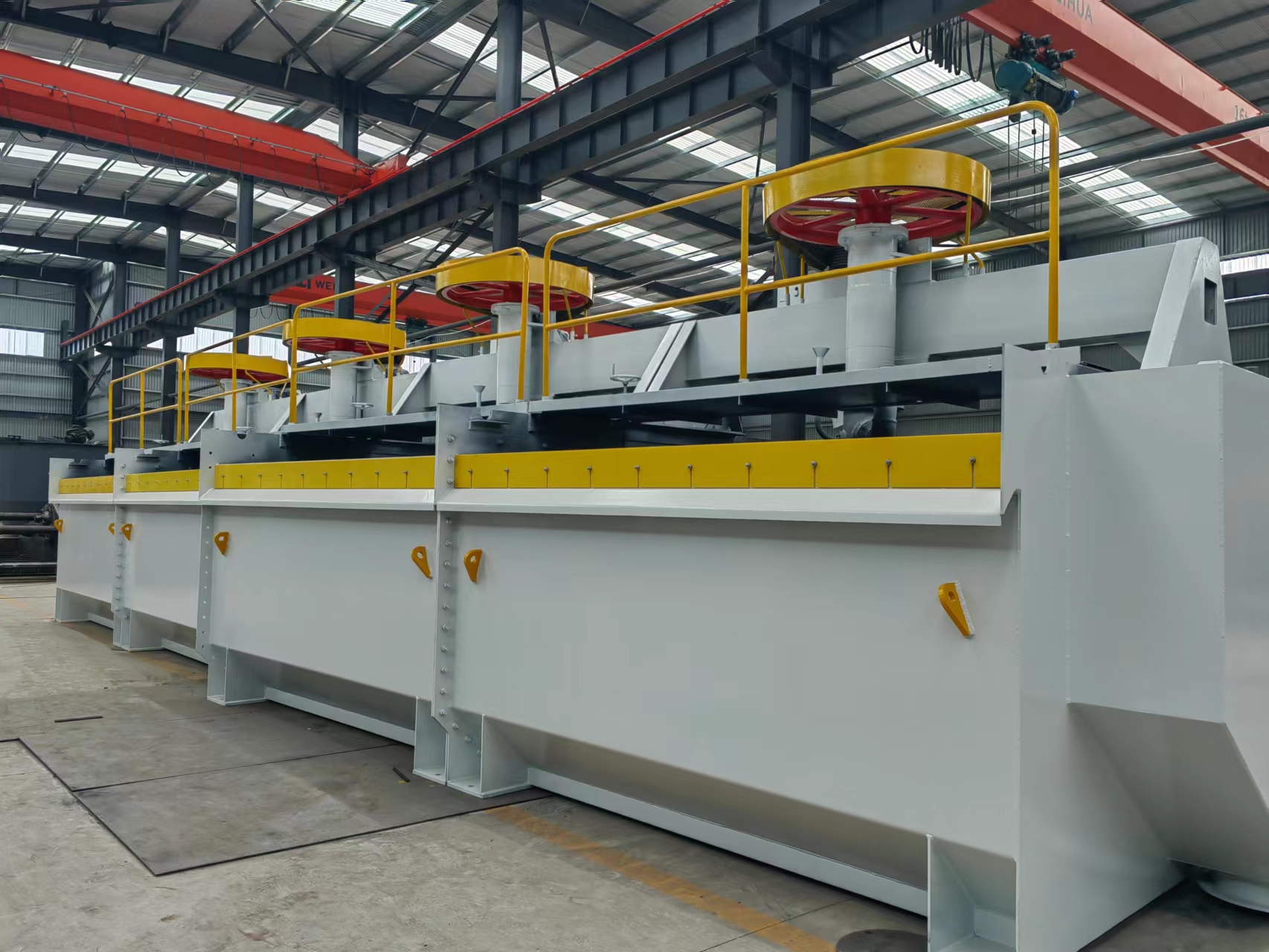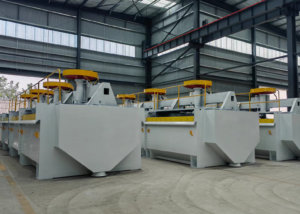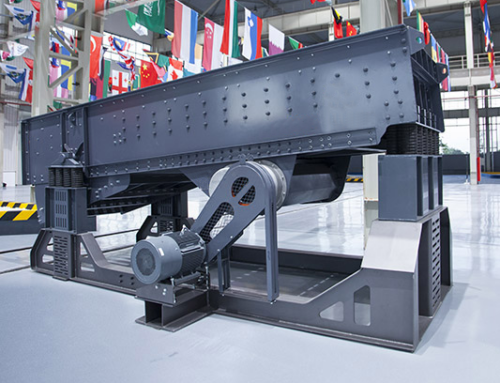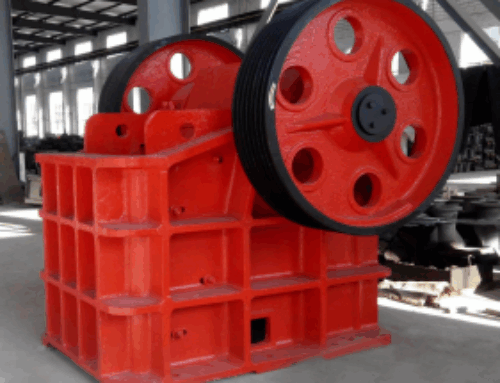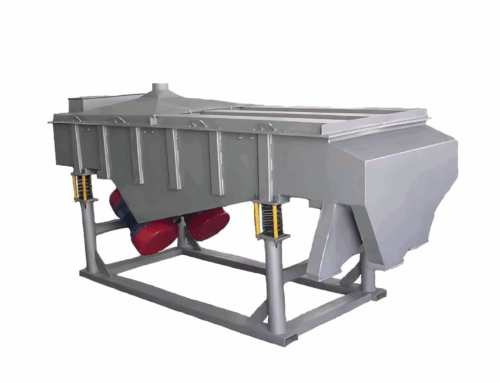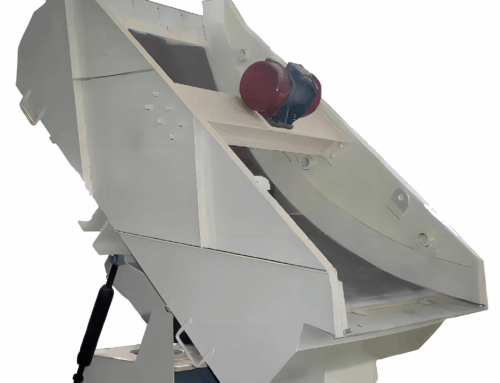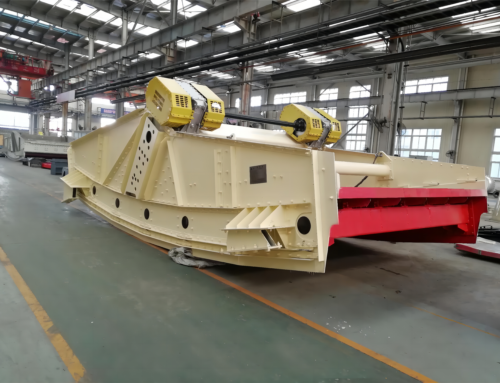In the huge system of modern industrial production, the flotation machine, as a key mineral processing equipment, shoulders the heavy responsibility of separating and purifying minerals, and is widely used in many fields such as mining, metallurgy, chemical industry and so on. Its appearance has greatly improved the utilisation rate of resources, so that many useful minerals that are originally difficult to extract can be efficiently separated out, providing a solid material basis for industrial development. The working principle of the flotation machine is based on the differences in the physical and chemical properties of the mineral surface, and the interaction between the air bubbles and the mineral particles is cleverly used to achieve the precise separation of minerals and impurities. When the slurry is fully mixed with specific chemicals, the properties of the mineral surface will change, giving the target minerals the ability to selectively attach to the bubbles. These bubbles rise continuously under the action of the flotation machine, carrying the attached mineral particles to the surface of the slurry, forming a foam layer, which is then scraped out by the scraper and becomes a concentrate product rich in the target minerals; while those impurities and other minerals that fail to attach to the bubbles remain in the slurry, and are ultimately discharged as tailings. This unique separation method is not only highly efficient, but also adaptable to a wide range of complex mineral compositions and beneficiation needs.
一.Mining sector
In the field of mining industry, flotation machine is the core equipment that deservedly. Gold ore is usually closely symbiotic with a variety of vein minerals, and the content of gold is often low, which puts forward a very high demand for flotation technology. In practice, first of all, the gold ore needs to be finely ground to reduce its particle size to a suitable range, so that the gold minerals can be fully dissociated, so that the subsequent flotation separation. Subsequently, according to the characteristics of the ore, carefully select the trapping agent, such as the yellow drug type trapping agent, which can have a chemical reaction with the surface of the gold minerals, forming a layer of hydrophobic film, so that the gold minerals can be tightly adhered to the air bubbles. At the same time, add appropriate amount of foaming agent such as turpentine oil to reduce the surface tension of water, prompting the air in the slurry dispersed into a large number of small and uniform bubbles, the attached gold minerals to the surface of the slurry, the formation of a gold-rich foam layer, and finally through the scraper collection, to get a high-grade gold concentrate. Gold recovery can be significantly improved by optimising the flotation process and precisely selecting the right surfactant.
In the beneficiation process of copper ore, there are many kinds of copper ores, common chalcopyrite, chalcopyrite, porphyry, etc. The physicochemical properties of each kind of copper ores are somewhat different, which requires flexible adjustment of the parameters of the flotation machine according to the characteristics of different ores in the flotation process. Through these fine operations and parameter adjustments, copper minerals can be efficiently separated from the copper ore and the copper extraction rate can be improved.
The flotation process of lead-zinc ore is more complicated, because there are certain differences in the floatability of lead minerals (such as galena) and zinc minerals (such as sphalerite) in lead-zinc ore, and often accompanied by other minerals such as pyrite, magnetite, etc., which will interfere with the separation of lead-zinc minerals. In the flotation process of lead-zinc ore, it is necessary to develop a reasonable flotation process according to the specific nature of the ore.
The application of flotation machine in mining industry not only improves the recovery rate and purity of minerals, but also has important significance in environmental protection and resource recovery. Through an efficient mineral separation process, the flotation machine is able to maximise the extraction of useful minerals from the ore, reducing the amount of tailings produced and lowering the pressure on the environment. Many tailings still contain a certain amount of useful minerals, and in the past, these tailings were often directly piled up or landfilled, which not only occupied a large amount of land resources, but also may cause pollution to the soil and water sources. Now, the use of flotation machine for tailings reprocessing can effectively recover the useful minerals therein, achieving the secondary use of resources and reducing the waste of resources. In some gold mine tailings, through re-flotation, it can recover the gold, silver and other precious metals left in them; in copper mine tailings, it can recover copper, iron and other metals. This kind of resource recycling not only has significant economic benefits, but also conforms to the concept of sustainable development and makes positive contributions to the green development of the mining industry.
二.Chemical industry
In the chemical industry, the production of many chemical products depends on high-purity raw materials, and the flotation machine can effectively remove the impurities in the chemical raw materials to achieve the purification and recovery of raw materials, to ensure the smooth progress of chemical production and the stability of product quality. In the production of certain high-end plastic products, the content of impurities in the raw material requirements are extremely high, even a trace of impurities may affect the performance of the plastic, such as strength, transparency, corrosion resistance and so on. The use of flotation machine pretreatment of plastic raw materials, can remove the metal particles, dust, organic impurities, etc.. Through the selection of suitable flotation chemicals, so that the surface properties of impurities change, so that they can be attached to the bubble to be separated out, while the plastic raw materials remain in the slurry, after the flotation treatment of plastic raw material purity is greatly improved, the quality of the plastic products produced is more stable, superior performance, to meet the strict requirements of the high-end market for plastic products.
In the process of dyestuff production, the synthesis of dyestuff requires the use of a variety of chemical raw materials, which often contain some impurities, such as reactants that are not fully reacted, by-products, heavy metal ions, etc. These impurities will affect the colour of the dyestuff. These impurities will affect the colour, purity and stability of the dyestuff and reduce the quality of the dyestuff. Using flotation machine can effectively remove these impurities and improve the quality of dyes. When treating a certain organic dye raw material, by adding specific trapping agent and frothing agent, it can make the impurities combine with air bubbles and separate from the slurry. After flotation treatment, the colour of the dye is more vivid and pure, and the colour fastness is also significantly improved. At the same time, the impurities recovered through flotation may also contain some valuable chemical substances, which can be recycled after further processing, reducing production costs and waste emissions.
In fertiliser production, flotation machines are also used to process raw materials such as phosphate ore. Phosphate ore is an important raw material for the production of phosphate fertiliser, however, natural phosphate ore often contains impurities, such as silicon, iron, aluminium and so on. These impurities will affect the production process and product quality of phosphate fertiliser, and reduce the effective phosphorus content in phosphate fertiliser. The use of flotation machine for pretreatment of phosphate ore can remove the impurities and improve the grade of phosphate ore. In practice, by adding suitable flotation chemicals, such as fatty acid trapping agents and adjusting agents, can make the phosphorus minerals and impurities separation. After the flotation treatment of phosphate ore, its effective phosphorus content increased significantly, providing high-quality raw materials for the subsequent production of phosphate fertiliser, improving the production efficiency and product quality of phosphate fertiliser, which helps the absorption of phosphorus by crops in agricultural production and promotes the growth and development of crops.
三.Environmental protection field
In the field of environmental protection, flotation machine is of great significance to sewage treatment and waste treatment. With the acceleration of industrialisation and urbanisation, a large amount of sewage and industrial waste is discharged, posing a serious threat to the environment, and the application of flotation machine provides an effective way to solve these problems.
In the treatment of sewage and wastewater, flotation machine is mainly used to remove suspended particles, greasy pollutants, heavy metal ions and so on. Its working principle is based on surface tension and bubble adsorption. When the air into the wastewater, the formation of a large number of tiny bubbles, suspended particles in the wastewater and oil droplets have different surface properties, hydrophobic particles (contact angle greater than 90 °) easy to attach to the bubbles, with the bubbles up to the water surface to form a flotation, while the hydrophilic particles (contact angle of less than 90 °) is not easy to adhere to, still remain in the water, so as to realise solid-liquid separation.
In the treatment of industrial wastewater containing a large number of suspended solids and oil, such as food processing, petrochemical and other industries, wastewater, flotation machine can efficiently remove these pollutants, so that the water quality has been significantly improved. In food processing wastewater treatment, wastewater often contains a large number of proteins, oils and fats, starch and other organic matter, these substances if directly discharged will consume dissolved oxygen in the water body, resulting in eutrophication of the water body, damaging the aquatic ecosystem. The use of flotation machine, by adding appropriate flotation agent, such as cationic surfactants, can change the surface properties of suspended matter and oil and grease, and enhance its ability to adhere to the bubble.
Flotation machine can also be used to treat industrial waste, reduce pollution, reduce waste disposal costs. In some mining and metallurgical industries, the waste residue produced contains a large number of heavy metals and other harmful substances, which will cause serious pollution to the soil and groundwater if not effectively treated. The use of flotation machines to treat industrial waste residue can recycle the useful substances in it, while reducing the content of harmful substances in the waste residue. In the treatment of industrial waste slag containing lead and zinc, the lead and zinc minerals can be recovered through the flotation process, which improves the resource utilisation rate and reduces the stockpile of waste slag. After flotation treatment, the lead and zinc content in the waste slag is significantly reduced, reducing the potential harm to the environment .
As an important industrial equipment, flotation machine has a wide range of applications in many fields. By continuously optimising the performance of the flotation machine, choosing the right equipment and actively exploring the future direction of development, the flotation machine will play a more important role in improving resource utilisation, protecting the environment and promoting industrial development, and make greater contributions to the realisation of sustainable development.

